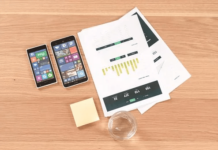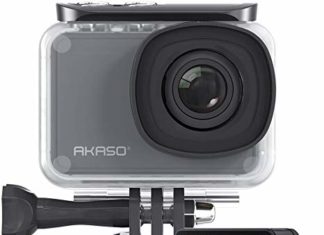Designing and ordering custom PCBs has never been cheaper or more accessible. Anyone can learn to design PCBs; all the resources you need are freely available. But if you want to advance your design skills as rapidly as possible, you will want to design with optimization in mind from the beginning.
Get The Right Software
As with any kind of creative digital work, having the right software on your side is essential. Any creative person needs the right tools to be able to record their creativity. Whether it’s in the form of an instrument, a pen, a laptop, or a specific piece of software, the right tool will maximize your workflow’s efficiency.
Once you hit upon the right piece of software, you’ll just know it. There is no single piece of software that is automatically better than anything else. However, there are some standout names like Altium and Eagle that are worth checking out.
Also Read: Online Payroll and HR Software Helps Avoid Human Error
Alternate The DIrection Of Your Wiring With Each Layer
All the traces on one side of your board should be oriented vertically, while the other side should be oriented horizontally. Doing this will make things a lot easier if you have any points on your board where lines need to cross one another. Alternating the orientation of traces is essential for PC bees that consist of multiple layers.
Design With Troubleshooting In Mind
It doesn’t matter how careful you are putting together your initial design; there is always scope for something to go wrong. Learning to troubleshoot a board that isn’t working correctly is an essential part of learning PCB design. As you begin to produce more complex boards, it becomes almost guaranteed that you will have to troubleshoot one at some point.
You can make the troubleshooting process a lot easier by designing your boards to be as simple as possible to troubleshoot. For example, ensure that all your nodes are easily accessible. Accessible nodes will allow you to easily isolate different parts of the board to identify any issues.
Also Read: How to Jumpstart Your Software Developer Career
Make Sure You Have Ample Space Between Components
When you are designing PCBs, you want to use the available space as efficiently as possible. The temptation is often to try and cram a bunch of components into a small space. In many cases, this is perfectly possible. However, if you don’t leave enough space between your parts, you will have several problems.
For one thing, the traces that run from each component will heat up when a current is flowing through them. This heat will cause the metal to expand. If you don’t have sufficient space between components, you will end up with short-circuits. Use Octoparts to search for datasheets for part components to tell you all the tech specs for electronic components.
When it comes to PCB design, efficiency is the name of the game. You only have a small canvas to work with, so you need to use all the available space effectively. The four tips outlined above will help you minimize your component footprint and use as much space as possible without running into problems.
Also Read: Top 4 Tricks to Understand HR Software Functions Better











